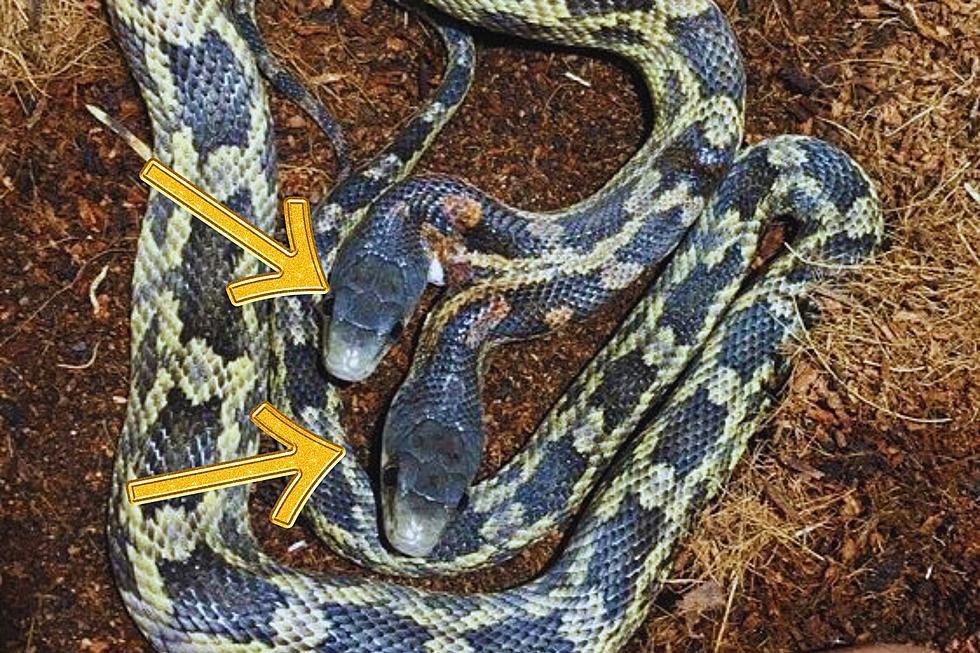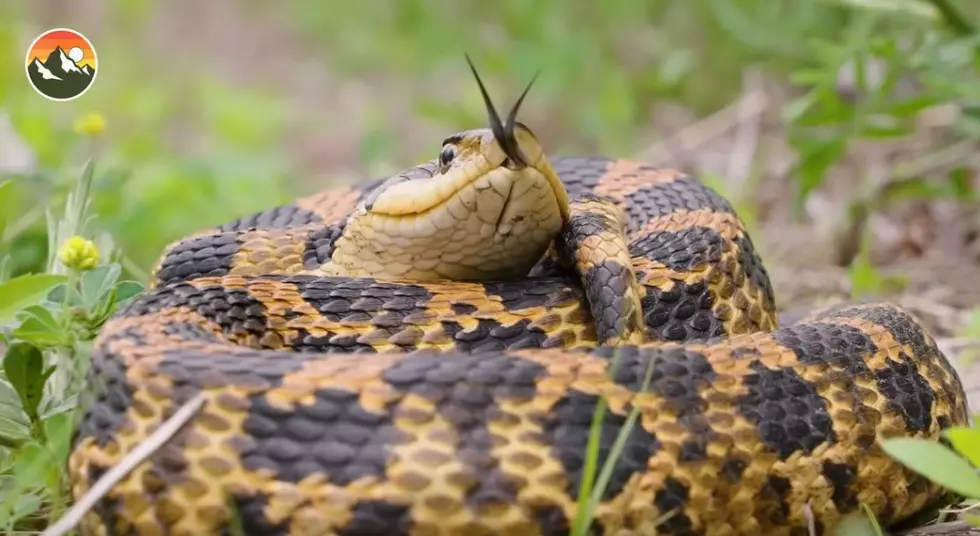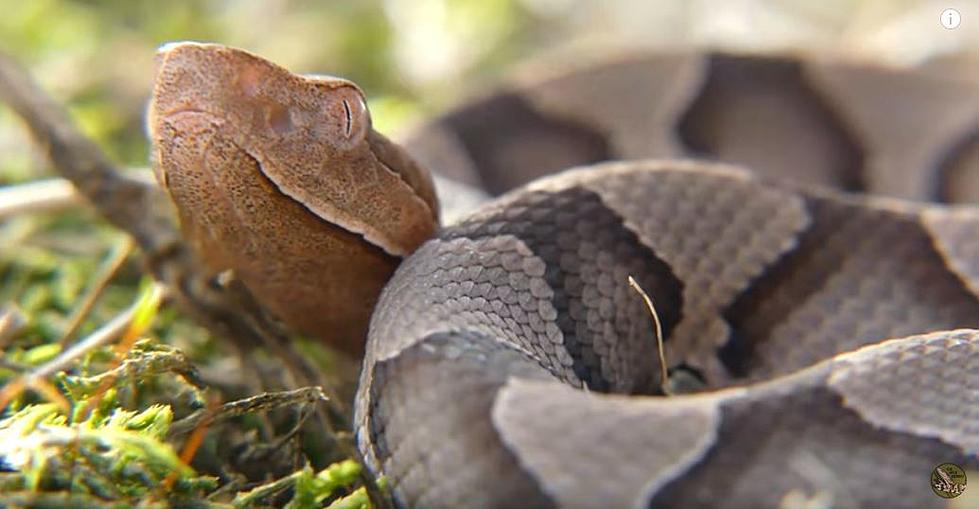
Snakes That Can Kill You in Texarkana
Snakes that can kill you in Texarkana, or at the very least make you very sick. This is the time of the year that we begin to see more snakes creeping around. This past weekend my husband was spraying weeds and almost stepped on a water moccasin. Scary stuff. Read on to see which snakes you need to worry about in our area.
According to Live Science, you can tell if a snake is poisonous by the shape of its pupils:
- Diamond shaped pupils mean the snake is poisonous.
- Round shaped pupils mean the snakes is non-poisonous.
Then of course there is the color rhyme that can help decipher whether a snake is poisonous or not:
If red touches yellow, it will kill a fellow.
If red touches black, it's a friend of Jack.
The poisonous snakes that can be found in the Texarkana area fall into two categories:
- Coral Snakes
- Pit Vipers (Cottonmouth/Water Moccasin and Copperhead)
Coral snakes are the most poisonous but the least likely of the two types to go on the attack. Raise your hand if you have been chased by a water moccasin. The Cottonmouth, aka Water Moccasin, is the most aggressive of the three poisonous (venomous) snakes in our area.
#1 Most Dangerous Snake In Texarkana
Texas Coral Snake
Believe it or not, our region can also be inhabited by the Texas Coral Snake. The coral snake is the most deadly of all the snakes that can be in the Texarkana area.
The next two snakes are the most common types that we will see in the Texarkana area.
#2 Most Dangerous Snake In Texarkana
Cottonmouth/Water Moccasin
The Cottonmouth snake, also known as a Water Moccasin around these parts, can give a deadly bite.
#3 Most Dangerous Snake In Texarkana
Copperhead
This snake has a triangular shaped head and a pattern on their backs that many describe as an hourglass design. According to Ken Jorgustin with Modern Survival Blog, if a Copperhead snake bites you, it will hurt but they do not pose the same health risks as the two snakes listed previously.
The video below shows the two most common snakes we would see in a very strange encounter but it gives you a good look at their coloration on their backs and bellies.
What should you do if you are bitten by one of these dangerous snakes?
Keep the bitten area still and keep it lower than the heart. Stay calm. Get medical attention immediately. It is helpful to note the time of the bite and the type of snake.
What should you do if your pet is bitten by one of these dangerous snakes?
Keep your pet still and as calm as possible. Call your vet. For dogs, it is helpful to have Benadryl and prednisone on hand. Your vet can tell you how much of each drug to give to your dog based on the weight of the animal.
More From Power 95.9








![This is the Most Insane Snake Catching Video You Will Ever See! [VIDEO]](http://townsquare.media/site/171/files/2013/06/snake_catcher_video.jpg?w=980&q=75)
